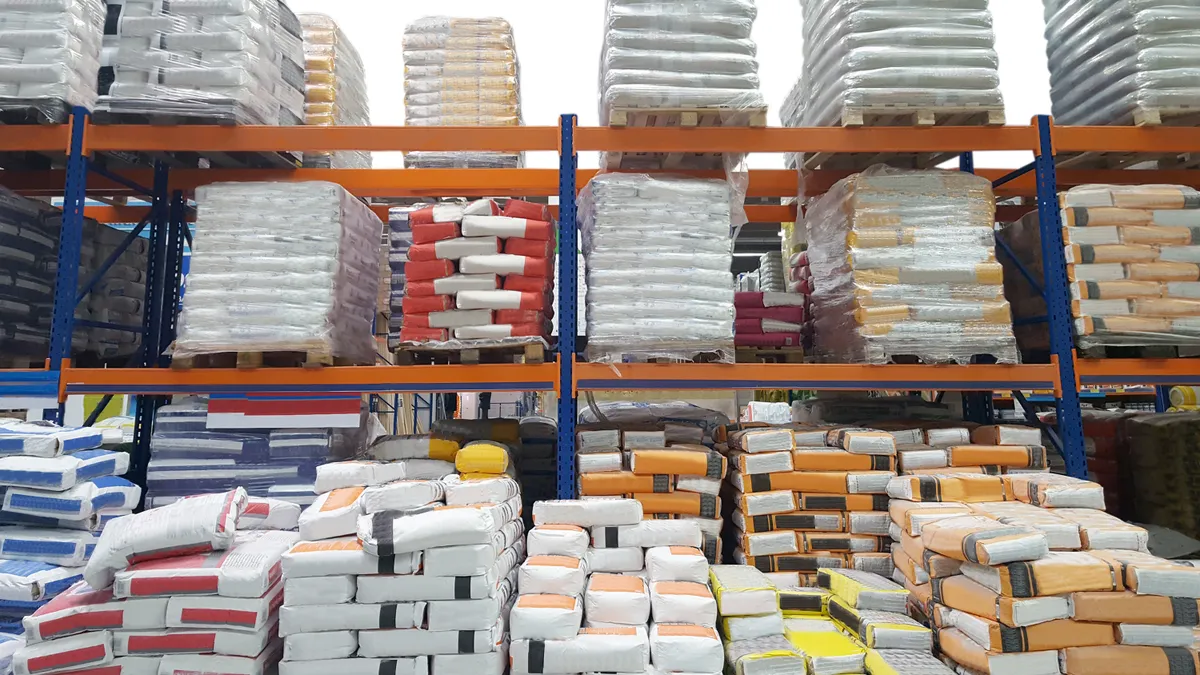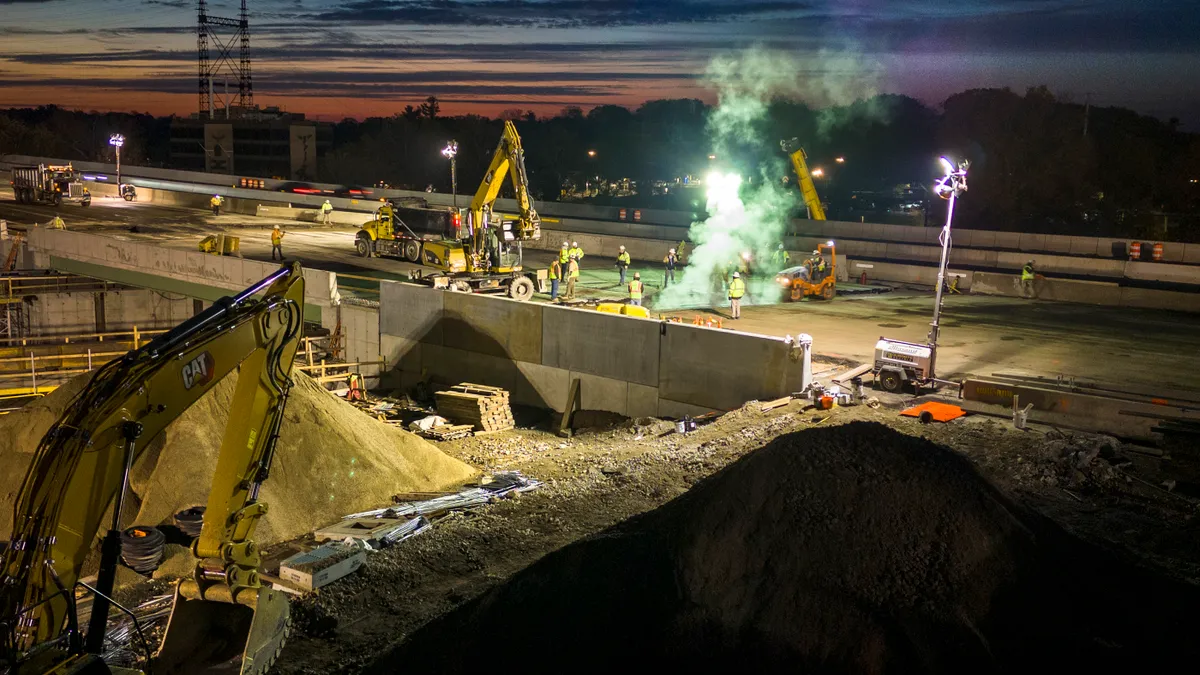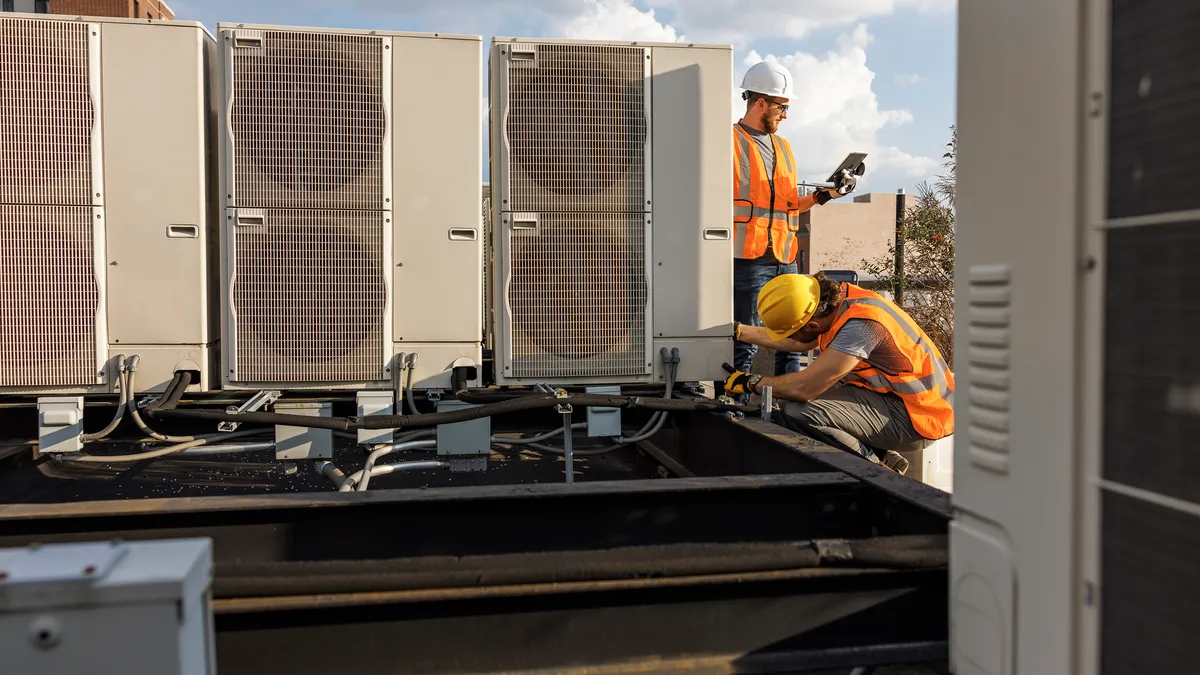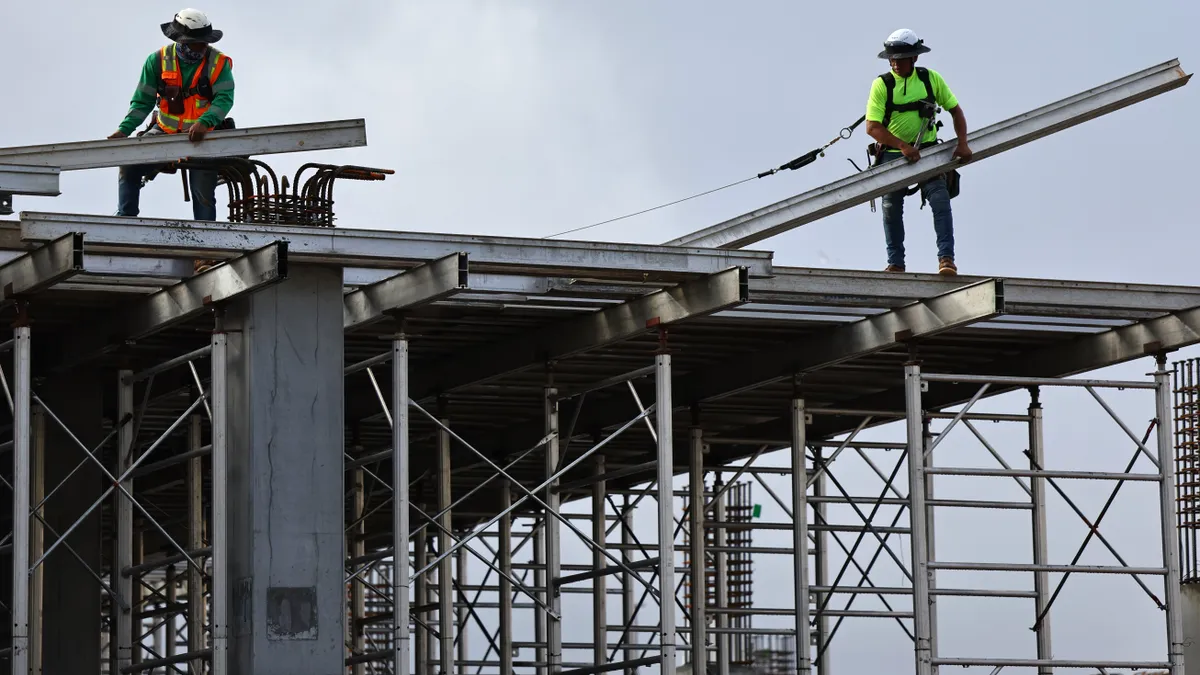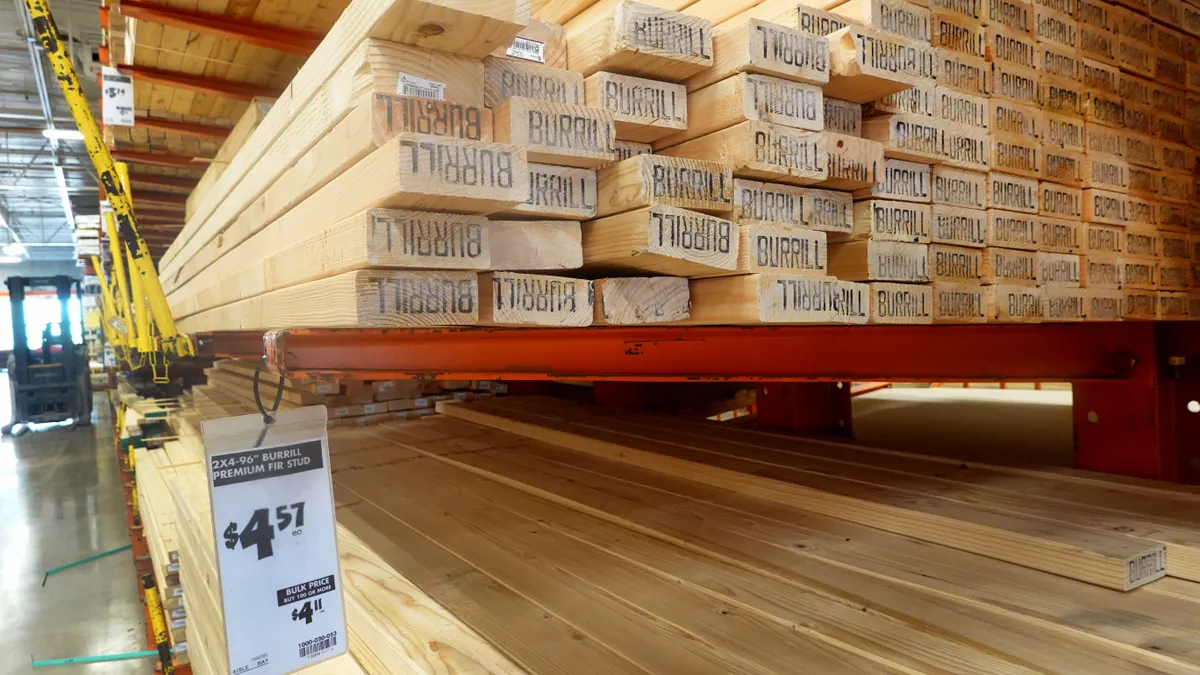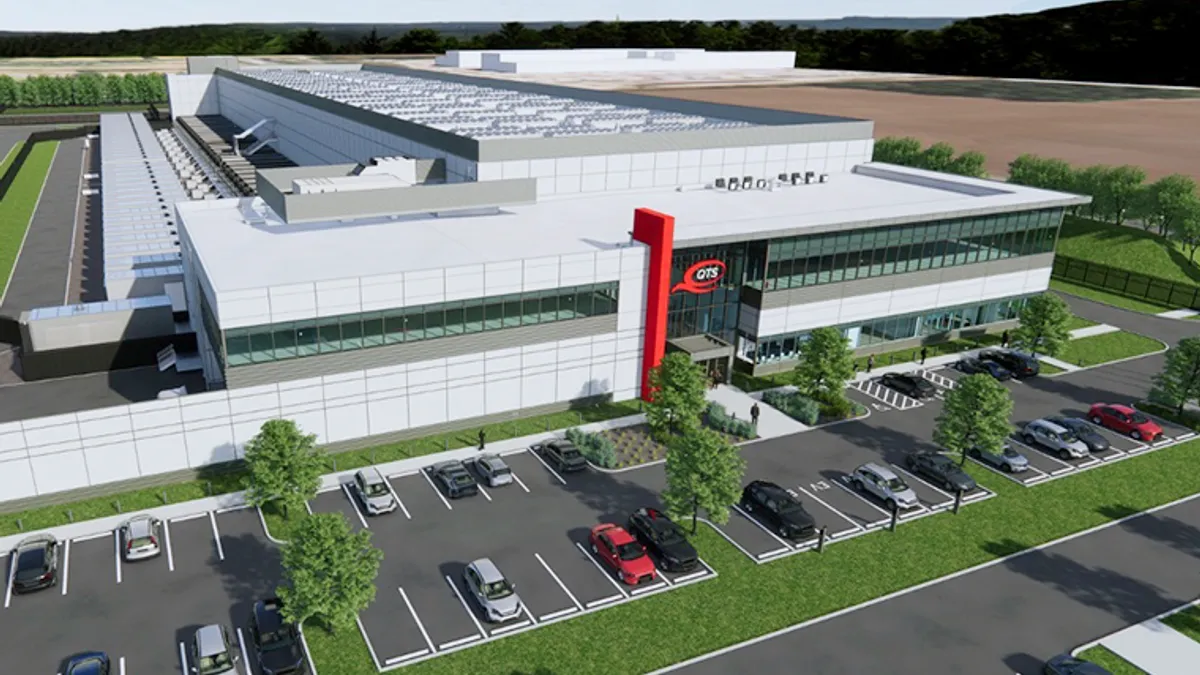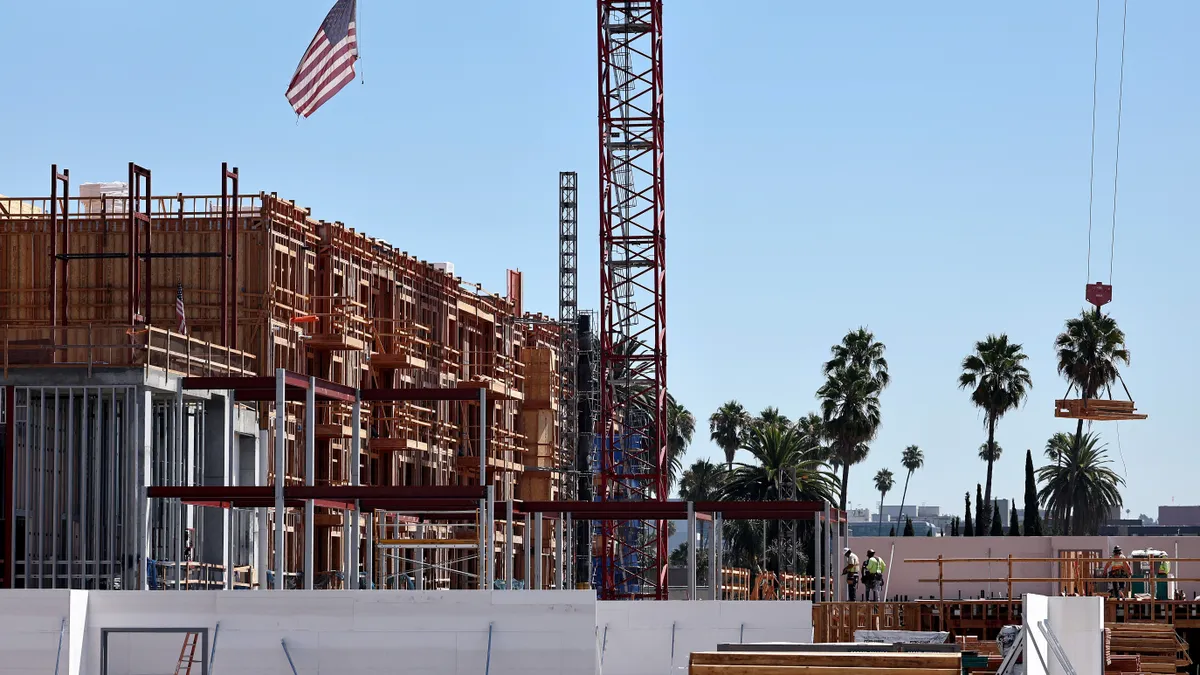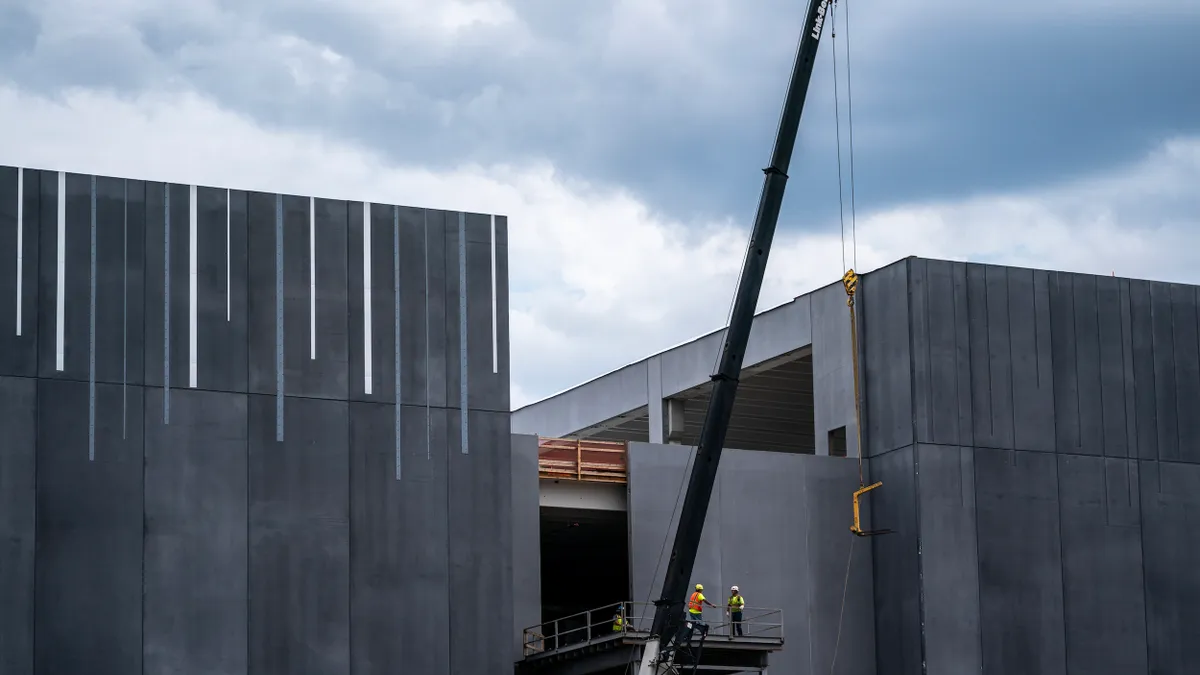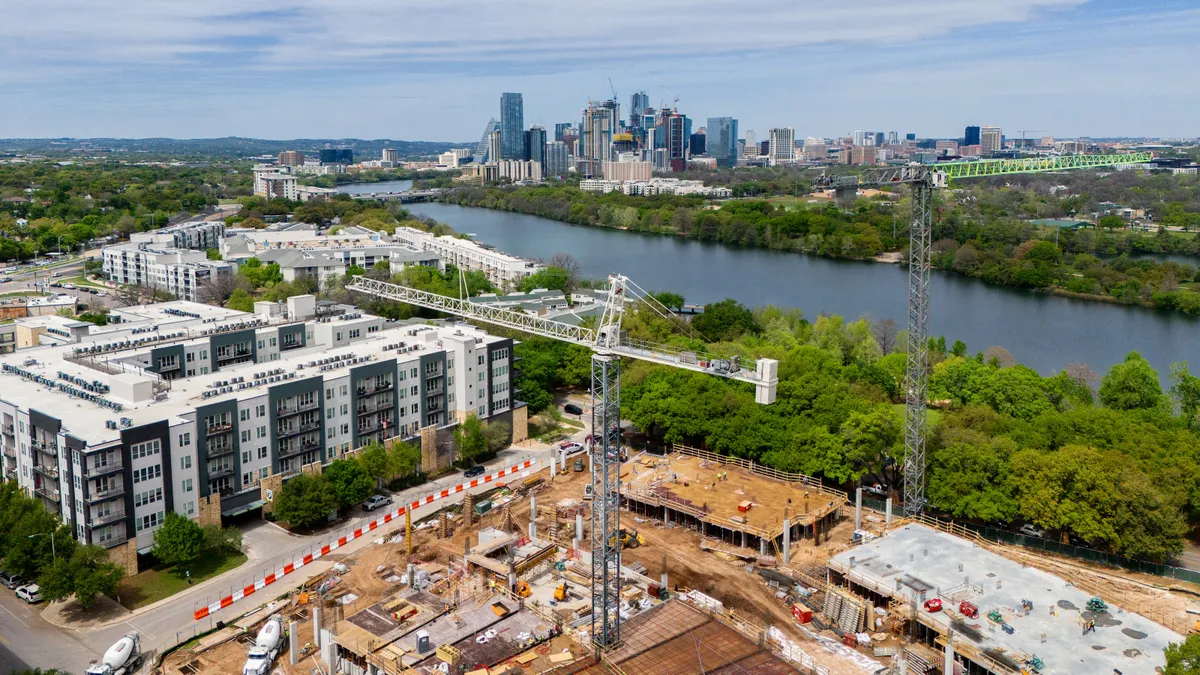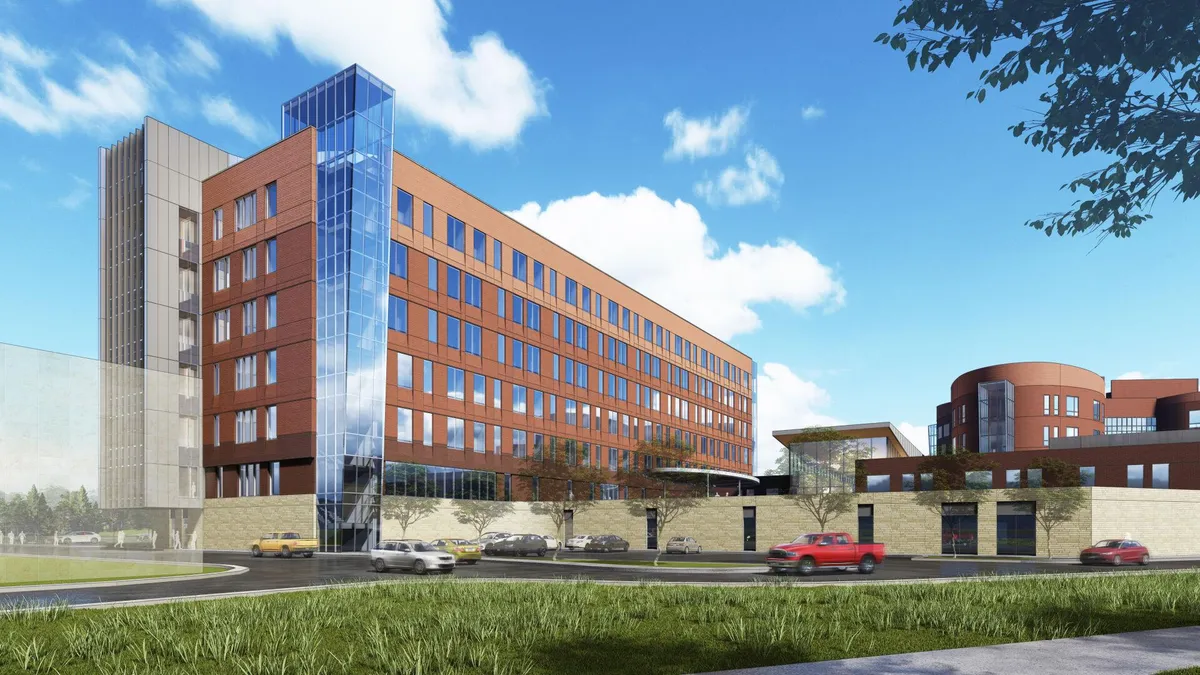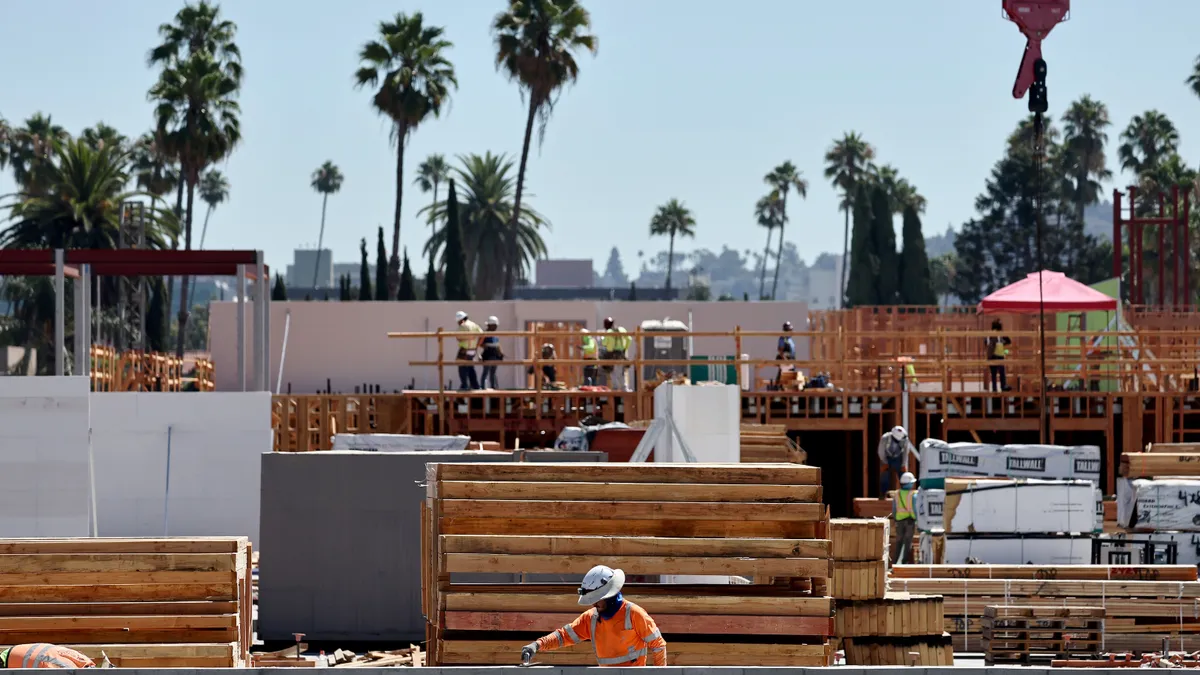Dive Brief:
- Construction input prices increased 0.4% in March due to inflationary pressures and escalating supply chain issues, according to new Associated Builders and Contractors’ analysis of U.S. Bureau of Labor Statistics Producer Price Index data released Thursday.
- Input prices have now increased in every month of 2024, offsetting the three months of moderation that ended 2023. Both overall and nonresidential construction costs remain 1.7% higher compared to last year, according to the report.
- “This is not especially good news for those who purchase construction services,” said Anirban Basu, ABC chief economist. “Were it not for declines in energy prices, the headline figure for construction input price dynamics would have been meaningfully higher.”
Dive Insight:
Earlier this week, the consumer price index in March also rose more than forecast for the third straight month, according to the Bureau of Labor Statistics. Ken Simonson, chief economist at the Associated General Contractors of America, echoed Basu’s sentiment that growing evidence of resurfacing inflation is a negative for nonresidential construction activity.
“Not much to get excited about,” said Simonson in an email to Construction Dive. “Extreme lead times are still occurring for electrical equipment — large transformers and switchgear, sometimes elevator or HVAC parts.”
Prices increased for 10 of the 20 commodities tracked by ABC, according to the release. Materials like softwood lumber jumped 3.2% over the past month, while copper wire and cable increased 1.6%, according to the U.S. Bureau of Labor Statistics. On the flip side, prices fell in all three energy subcategories in March.
Along with inflation, a new set of supply chain issues are also pushing materials costs higher, said Basu. That includes the increasing cost of insuring ships, bottlenecks in the Red Sea, capacity pressures at the Panama Canal and the Key Bridge collapse in Baltimore.
“In addition to supply chain issues, there is an abundance of publicly and privately financed megaprojects around the nation, massively increasing demand for certain inputs,” said Basu. “And a majority of contractors expect their sales to increase over the next six months.”
That means to expect financing construction projects to remain expensive relative to historic norms for the foreseeable future, said Basu.





















